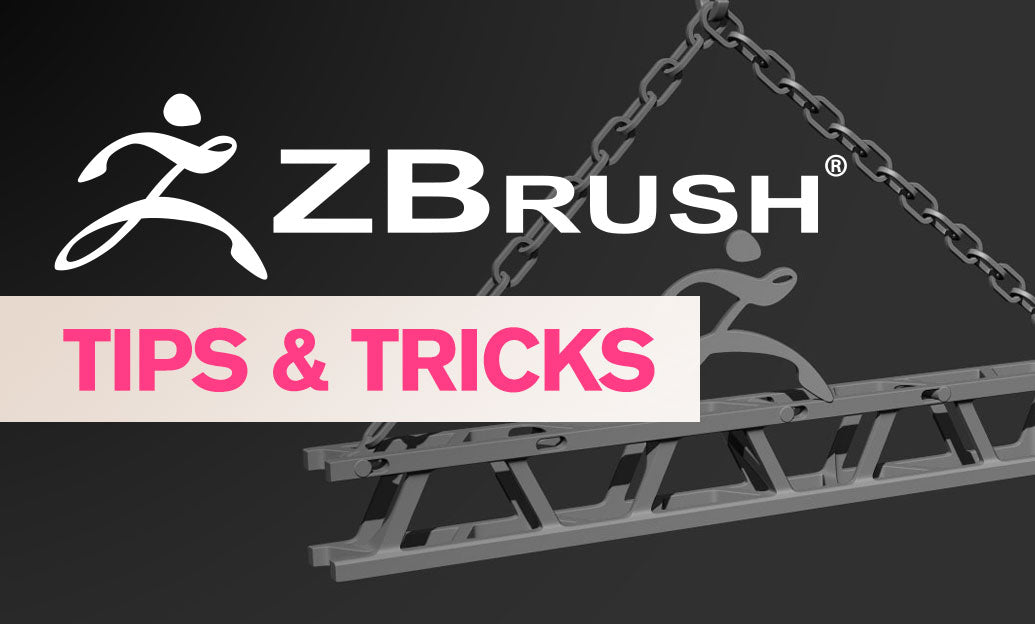Your Cart is Empty
Customer Testimonials
-
"Great customer service. The folks at Novedge were super helpful in navigating a somewhat complicated order including software upgrades and serial numbers in various stages of inactivity. They were friendly and helpful throughout the process.."
Ruben Ruckmark
"Quick & very helpful. We have been using Novedge for years and are very happy with their quick service when we need to make a purchase and excellent support resolving any issues."
Will Woodson
"Scott is the best. He reminds me about subscriptions dates, guides me in the correct direction for updates. He always responds promptly to me. He is literally the reason I continue to work with Novedge and will do so in the future."
Edward Mchugh
"Calvin Lok is “the man”. After my purchase of Sketchup 2021, he called me and provided step-by-step instructions to ease me through difficulties I was having with the setup of my new software."
Mike Borzage
Design Software History: Evolution of Orthotic Design Software: From Handcrafting to Digital Precision and Customization
September 01, 2024 5 min read


The design of orthotic devices has undergone a revolutionary transformation, moving from traditional handcrafted methods to highly sophisticated digital precision techniques. This blog post delves into the fascinating history of design software in the orthotics industry, examining key innovations, core technologies, and the future landscape of orthotic design.
The Evolution of Orthotics Design - From Handmade to Digital Precision
Early Orthotic Design Methods
In its early stages, orthotic design relied heavily on handcrafted techniques. Skilled craftsmen would manually carve, mold, and shape materials such as wood, leather, and metal to create custom orthotic devices. These methods, while pioneering, had significant limitations in terms of precision and customization. The constraints were largely due to the materials used and the lack of advanced tools for measuring and modeling the human anatomy.
Introduction of Computer-Aided Design (CAD)
The advent of Computer-Aided Design (CAD) marked a significant milestone in the field of orthotics. CAD technology provided a new level of accuracy and customization that was previously unattainable with handmade methods. Early adopters and key innovators in the orthotics industry began to see the potential of CAD for improving the design and manufacturing process.
One of the earliest and most influential pieces of CAD software was AutoCAD, developed by Autodesk. AutoCAD revolutionized many design industries, including orthotics, by offering precise digital modeling capabilities. Companies like Autodesk played a crucial role in making CAD accessible to orthotic designers, thereby enhancing the quality and functionality of orthotic devices.
Core Technologies and Mathematical Models in Orthotics Design
Solid Modeling and Geometric Modeling
Solid modeling and geometric modeling are fundamental techniques in the creation of orthotic devices. Solid modeling involves the use of 3D CAD software to create a solid representation of the orthotic device, which can be manipulated, analyzed, and tested digitally. This method allows for precise control over the shape and structure of the device.
Geometric modeling, on the other hand, focuses on defining the shape and form of the orthotic device using mathematical equations and algorithms. This technique is essential for enhancing design precision and ensuring that the device fits perfectly to the patient's anatomy.
Mathematical Algorithms and Simulations
Mathematical algorithms play a critical role in simulating the performance of orthotic devices. These algorithms allow designers to predict how the device will behave under various conditions, such as stress and strain. Companies like ANSYS provide engineering computation tools that facilitate these simulations, helping designers to optimize the performance and durability of orthotic devices.
Integration of Finite Element Analysis (FEA)
Finite Element Analysis (FEA) is a powerful tool for analyzing the mechanical properties of orthotic devices. FEA involves breaking down the device into smaller elements and using mathematical models to simulate how each element responds to external forces. This method is essential for understanding the stress and strain distribution within the device.
Software like SolidWorks has been instrumental in integrating FEA into the design process. SolidWorks provides comprehensive simulation tools that allow designers to conduct detailed stress and strain analysis, ensuring that the orthotic devices are both effective and safe for use.
Additive Manufacturing and Customization in Orthotics
Advancements in 3D Printing Technology
The introduction of 3D printing technology has brought about significant advancements in the field of orthotics. 3D printing allows for the rapid and accurate production of custom-fit orthotic devices. This technology offers several benefits, including reduced manufacturing time, lower costs, and the ability to create complex geometries that would be challenging to achieve with traditional methods.
3D printing enables the creation of orthotic devices that are tailored to the specific needs and anatomy of each patient, resulting in better fit and comfort. This level of customization is particularly important for patients with unique or complex conditions.
Key Players and Innovations
Several companies have been at the forefront of integrating 3D printing technology into the orthotics industry. Companies like Stratasys and Materialise have developed innovative 3D printing solutions that have transformed the way orthotic devices are designed and manufactured. These companies have introduced new materials and printing techniques that enhance the quality and functionality of orthotic devices.
Future Trends in Orthotics Customization
The future of orthotics customization is poised to be shaped by emerging technologies and materials. Advances in artificial intelligence (AI) and machine learning are expected to play a significant role in personalizing orthotic design. These technologies can analyze vast amounts of data to develop highly customized orthotic solutions that cater to the unique needs of each patient.
New materials, such as bio-compatible polymers and smart materials, are also expected to revolutionize the field. These materials offer improved performance, durability, and comfort, making them ideal for use in orthotic devices.
Visualization, Prototyping, and the Future of Orthotic Design
Role of Visualization in Design Validation
Product visualization is a critical aspect of the design process in orthotics. Visualization tools allow designers to create detailed and accurate representations of orthotic devices, enabling them to validate and refine their designs. Software like Blender provides advanced visualization capabilities that help designers to better understand the form and function of their creations.
Visualization not only aids in the design process but also helps in communicating the design to other stakeholders, such as healthcare professionals and patients. This ensures that the final product meets the expectations and requirements of all parties involved.
Prototyping and Testing
Rapid prototyping is an essential technique for streamlining the development cycle of orthotic devices. It allows designers to quickly create physical models of their designs, which can be tested and evaluated. This iterative process helps in identifying and addressing any issues early in the development cycle, thereby reducing the time and cost associated with bringing a product to market.
The use of virtual reality (VR) and augmented reality (AR) in testing is also becoming increasingly popular. VR and AR technologies provide immersive environments for evaluating the performance and fit of orthotic devices, offering a more realistic and comprehensive testing experience.
The Future Landscape of Orthotic Design Software
The future of orthotic design software is likely to be shaped by the integration of digital twin technology. Digital twins are virtual replicas of physical devices that can be used for simulation, analysis, and optimization. This technology has the potential to transform the way orthotic devices are designed, allowing for real-time monitoring and adjustment based on patient feedback.
Interdisciplinary collaboration is also expected to play a crucial role in advancing orthotic design. The integration of expertise from various fields, such as biomechanics, materials science, and computer engineering, will lead to the development of more advanced and effective orthotic solutions.
Influential Figures and Companies Shaping the Future
The orthotics industry has been shaped by the contributions of several influential figures and visionary companies. Industry leaders and innovators have driven research and development, bringing new technologies and materials to the forefront. This ongoing R&D is essential for continuing to push the boundaries of what is possible in orthotic design.
In conclusion, the history of design software in the orthotics industry is a story of continuous innovation and advancement. From the early days of handcrafted techniques to the modern era of digital precision and customization, the evolution of orthotic design has been driven by the relentless pursuit of better solutions for patients. As new technologies and materials continue to emerge, the future of orthotic design looks promising, with the potential to significantly improve patient outcomes and quality of life.
Also in Design News

ZBrush Tip: Optimizing ZBrush Models with the Curve Bridge Brush Technique
January 15, 2025 2 min read
Read More
Revit Tip: Enhance Design Precision with Revit's Radial Array Tool
January 15, 2025 2 min read
Read More
AutoCAD Tip: Mastering AutoCAD's Revolve and Sweep Tools for Advanced 3D Modeling
January 15, 2025 2 min read
Read MoreSubscribe
Sign up to get the latest on sales, new releases and more …


